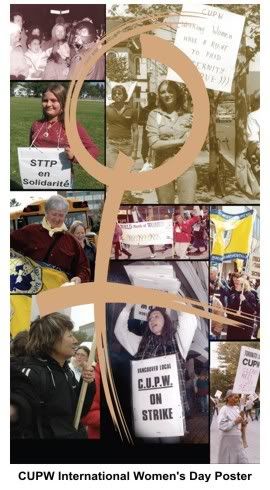Screaming about Alberta's compassionate care leave
Last month a Sacramento, California amusement park added a ride called the Screamer. This thing takes riders 168 feet in the air, spins them, and then drops them face-first towards the ground at 65 miles an hour.
Talk about a scream. The funny thing, though, is that riders are forbidden from screaming on the screamer. In fact, they are warned that any noise from them will mean they are pulled from the ride. The Screamer riders are told by park employees to muffle their shrieks by placing their hands firmly over their mouths. One teenage rider interviewed at the park stated the obvious: “Don't have a ride called ‘Sky Screamer’ if you can't scream while you're in the air.”
The Screamer on which you cannot scream is a little bit like Compassionate Care Leave in Alberta, which is not a leave and is anything but compassionate. Compassionate Care Leave is defined by federal law as “the provision of care to a gravely ill or dying spouse or common-law partner, child or parent, sibling, grandparent, grandchild, in-law, aunt, uncle, niece, nephew, foster parent, ward, guardian or a gravely ill person who considers the claimant to be like a family member, who has a significant risk of death within 26 weeks.”
- Three years ago the federal government changed the Employment Insurance (EI) rules to provide people with 6 weeks of EI in order to provide care to a terminally ill relative. Every Canadian province except Alberta has changed their labour laws to protect the jobs of the people who take this leave. You read that right: in every Canadian province, if you take time off work to care for your dying spouse, parent, or child your job is protected. Except in Alberta.
- In Alberta, notes employment law specialist Yosie Saint-Cyr, the editor at HRinfodesk.com, those “employees who request leave to care for an ailing family member ... will not have job protection, meaning employers will not be obliged to keep their jobs or reinstate them after their leave ends.”
- Study after study shows that around two-thirds of these caregivers are women. Women are more likely to be the care receivers and more likely to be the caregivers. There is, in the words of Prairie Women's Health Centre of Excellence, a “differential impact” on women.
LINK: Read complete article at Vue weekly










No comments:
Post a Comment